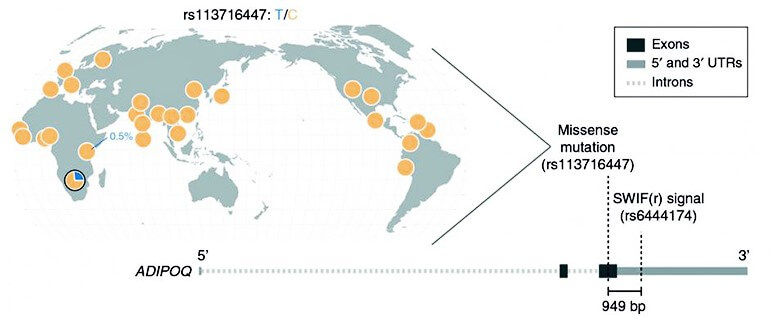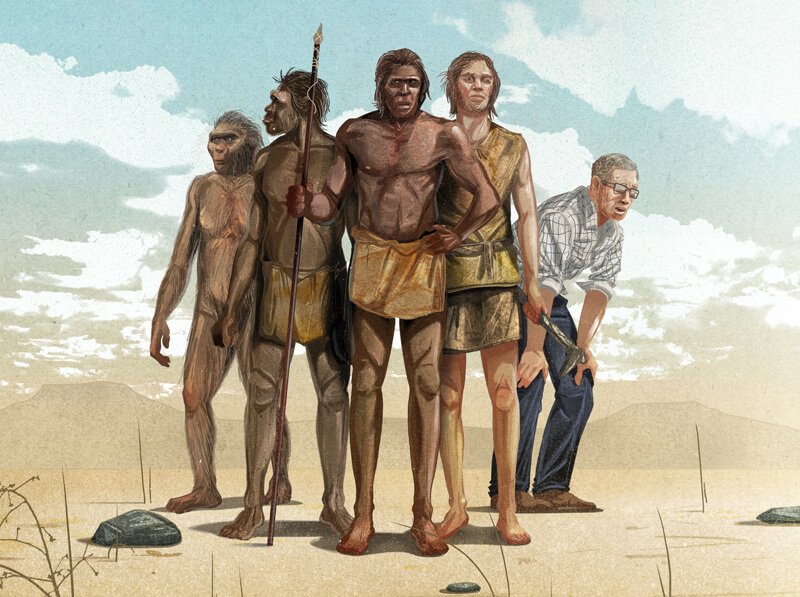Researchers have developed a new method for sifting through genomic data in search of genetic variants that have helped populations adapt to their environments.
The technique, dubbed SWIF(r), could be helpful in piecing together the evolutionary history of people around the world, and in shedding light on the evolutionary roots of certain diseases and medical conditions.
SWIF(r) brings several different statistical tests together into a single machine-learning framework. That framework can then be used to scan genomic data from multiple individuals and compute the probabilities that individual mutations or regions of a genome are adaptive.
…
SWIF(r) identified several adaptive mutations in a set of genes responsible for energy and fat storage. That’s interesting from the perspective of what’s known as the “thrifty gene” hypothesis, the researchers say.
The hypothesis suggests that because hunter-gatherers often experience an inconsistent food supply, they’re likely to have a genetic predisposition to storing energy in the form of fat. However, those genes could be a liability in agricultural societies where food supply tends to be more consistent, potentially contributing to obesity and complications like type 2 diabetes. A deeper dive into the functions of the adaptive genes identified by SWIF(r) may be helpful in further exploring the thrifty gene idea.

Editor’s note: Read full study
Read full, original post: How big data could piece together our evolution































